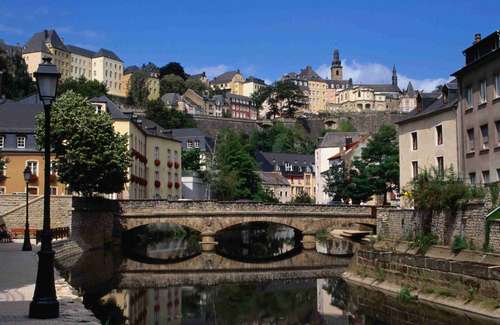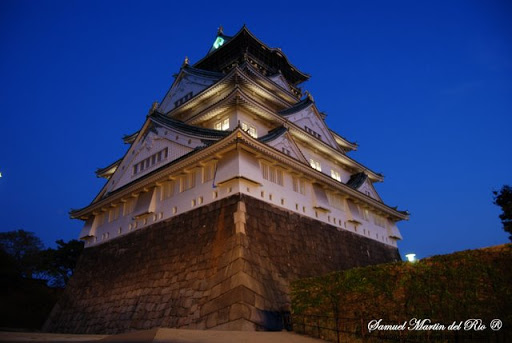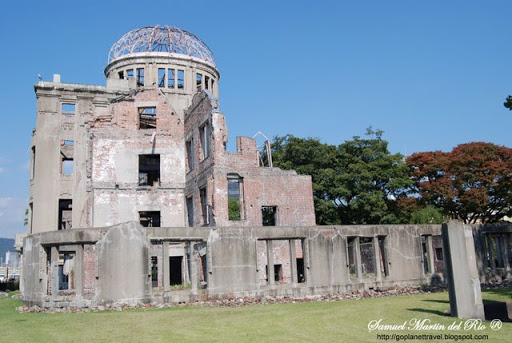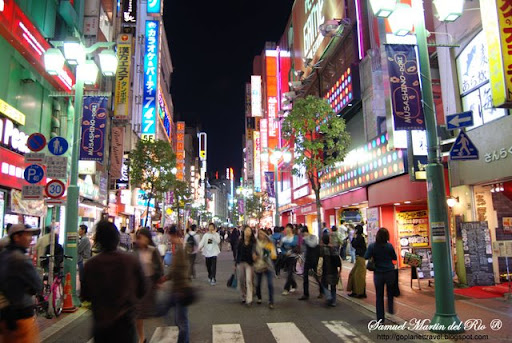| According to the 2007 American Community Survey, 18.6% of Seattle residents used one of the three public transit systems that serve the city, giving it the highest transit ridership of all major cities without heavy or light rail prior to the completion of Sound Transit's Central Link line. The city has also been described as the fourth most walkable city in the United States. Seattle–Tacoma International Airport, locally known as Sea-Tac Airport and located just south in the neighboring city of SeaTac, is operated by the Port of Seattle and provides commercial air service to destinations throughout the world. Closer to downtown, Boeing Field is used for general aviation, cargo flights, and testing/delivery of Boeing airliners. The main mode of transportation, however, relies on Seattle's streets, which are laid out in a cardinal directions grid pattern, except in the central business district where early city leaders Arthur Denny and Carson Boren insisted on orienting their plats relative to the shoreline rather than to true North. Only two roads, Interstate 5 and State Route 99 (both limited-access highways), run uninterrupted through the city from north to south. State Route 99 runs through downtown Seattle on the Alaskan Way Viaduct, which was built in 1953. However, due to damage sustained during the 2001 Nisqually earthquake the viaduct will be replaced by a tunnel in 2015 at a cost of US$4.25 billion. From 2006 to 2008, transit ridership in Seattle went up by 23%, and many bus routes in the central part of the city are routinely forced to leave passengers because they are full. Seattle has the 12th worst traffic congestion of all American cities. The city has started moving away from the automobile and towards mass transit. In 2006, voters in King County passed proposition 2(Transit Now) which increased bus service hours on high ridership routes and paid for five Bus Rapid Transit lines called RapidRide. After rejecting a roads and transit measure in 2007, Seattle-area voters passed a transit only measure in 2008 that increases ST Express bus service and extends the Link Light Rail system (currently 15.7 miles (25.3 km) with 3 miles (4.8 km) under construction) by over 30 miles, and expands and improves Sounder commuter rail service. A light rail line from downtown heading south to the Seattle–Tacoma International Airport began service on December 19, 2009, giving the city its first rapid transit line with intermediate stations within the city limits. An extension north to the University of Washington is under construction as of 2010; and further extensions are planned to reach Lynnwood to the north, Des Moines to the south, and Bellevue and Redmond to the east by 2023. Mayor Michael McGinn hopes to put another transit measure on the 2011 ballot to build light rail from Downtown Seattle to Ballard, Fremont, and West Seattle after seeing a surprisingly large amount of support for it from its campaign (and now city's) policy forum. |



































































































No comments:
Post a Comment